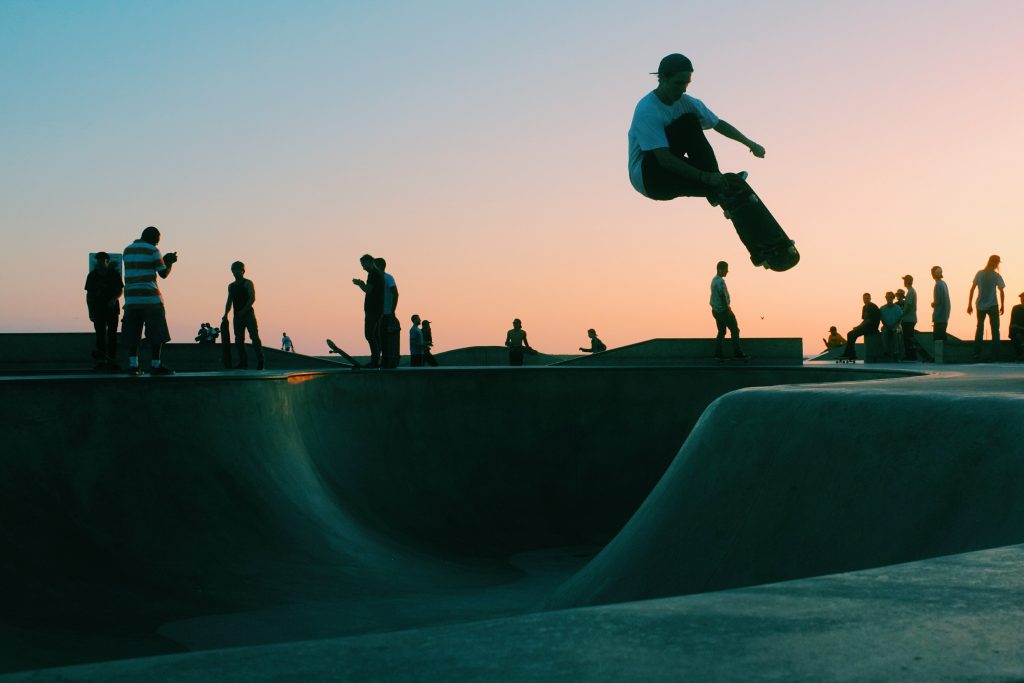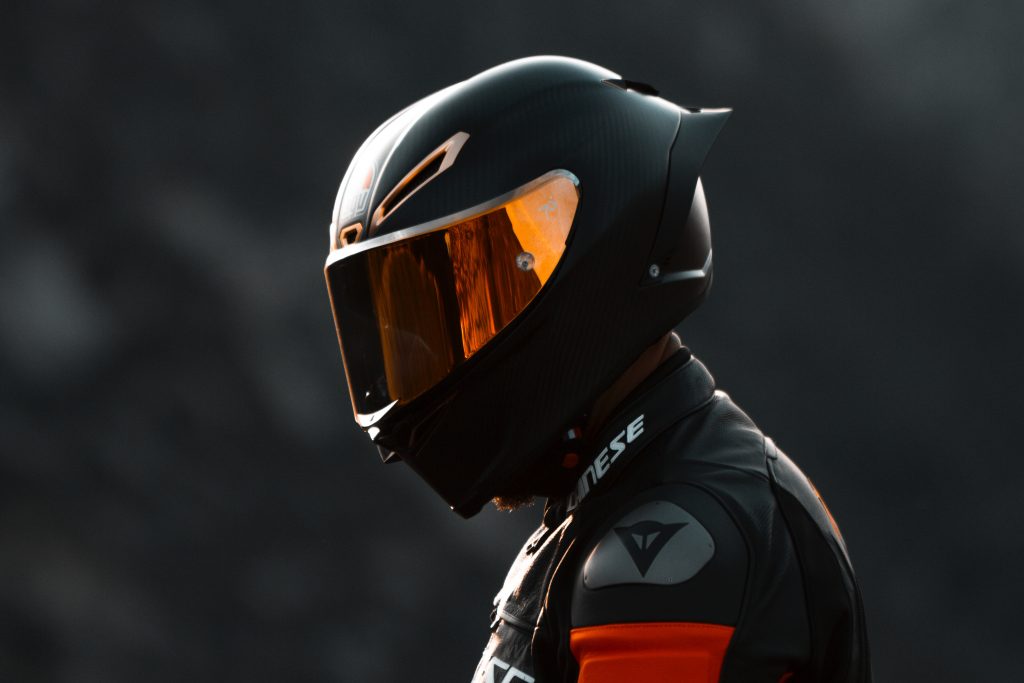Skateboarding and rollerblading are exhilarating outdoor activities that allow individuals to explore their surroundings with a unique sense of freedom. However, the thrill comes with its share of risks, making the integration of protective pads an essential aspect of these hobbies. In this guide, we delve into the significance of protective pads in ensuring a safe skateboarding and rollerblading experience.
Understanding the Risks: Potential Dangers of Skateboarding and Rollerblading
The rush of adrenaline that accompanies skateboarding and rollerblading is undeniable. Yet, the very nature of these activities exposes riders to potential dangers. High-speed maneuvers, sudden stops, and the possibility of impact with hard surfaces make protective measures paramount.
The Crucial Role of Protective Pads
Helmet: Safeguarding the Head from Serious Injuries
A helmet is more than an accessory – it’s a lifeline. Head injuries can have devastating consequences, and wearing a helmet significantly reduces the risk of severe trauma during falls or collisions.
Knee Pads: Shielding the Knees from Abrasions and Fractures
Knees often bear the brunt of impacts during falls. Knee pads offer a protective barrier against abrasions, cuts, and fractures, allowing riders to confidently attempt tricks and maneuvers.
Elbow Pads: Minimizing Impact Injuries to Elbow Joints
Elbows are susceptible to impact injuries, especially during unexpected falls. Elbow pads provide cushioning and support, reducing the risk of joint injuries and abrasions.
Wrist Guards: Preventing Wrist Sprains and Fractures
Wrist injuries are common in skateboarding and rollerblading due to the instinctive reaction to break a fall with outstretched hands. Wrist guards stabilize the wrist and lower arm, preventing sprains and fractures.
Choosing the Right Protective Pads
Material Quality: Durability and Impact Absorption
The quality of protective pads is paramount to their effectiveness. Pads made from durable materials with excellent impact absorption properties ensure reliable protection during falls.
Proper Fit: The Foundation of Effective Protection
Well-fitting protective pads are a prerequisite for safety. Pads that are too loose may shift during falls, while overly tight pads can hinder movement. Optimal protection relies on a snug and comfortable fit.
Breathability and Comfort: Balancing Safety and Performance
Protective pads with breathable materials enhance comfort during prolonged riding sessions. Proper ventilation prevents overheating and ensures that riders remain focused on their activities.
Top Picks for Protective Pads: A Comprehensive Review
Helmet Brands: Safety, Comfort, and Style Combined
Leading helmet brands prioritize safety without compromising comfort and style. Features such as adjustable straps, ventilation, and impact-absorbing liners contribute to a superior helmet-wearing experience.
Knee Pad Selections: Versatility and Superior Impact Protection
Knee pads come in various styles, catering to different riding preferences. From classic hard-shell designs to innovative soft-shell options, riders can choose the level of impact protection and flexibility that suits them best.
Elbow Pad Varieties: Comfortable Fit Without Compromising Safety
Elbow pads with ergonomic designs offer a comfortable fit without sacrificing protection. Advanced padding technology minimizes impact forces while allowing a full range of motion.
Wrist Guard Recommendations: Sturdy Support for Safe Landings
Wrist guards with rigid splints provide reliable support during falls, preventing hyperextension and reducing the risk of wrist injuries. Adjustable straps ensure a secure fit without compromising comfort.
How to Properly Wear and Maintain Protective Pads
Helmet Adjustment: Ensuring a Snug and Secure Fit
A properly fitted helmet should sit level on the head, covering the forehead and not obstructing vision. The chin strap should be snug, preventing the helmet from shifting during falls.
Putting On Knee and Elbow Pads: Correct Positioning for Maximum Coverage
Knee and elbow pads should cover the joints entirely, providing comprehensive protection. Secure straps tightly to prevent pads from slipping during movement.
Wearing Wrist Guards: Proper Strapping to Prevent Injuries
Wrist guards should be snug but not constrictive. Position them over the wrists and lower arms, ensuring that the splints align with the inner wrists to prevent hyperextension.
**The Impact of
Protective Pads on Skill Improvement**
Confidence Boost: Trying New Tricks and Techniques Safely
The presence of protective pads instills confidence in riders to experiment with new tricks and techniques. Knowing that potential falls are cushioned encourages skill progression.
Learning Curve Enhancement: Minimizing the Fear of Falls
Fear of falling can impede skill development. Protective pads alleviate this fear, allowing riders to focus on honing their abilities and pushing their limits.
Comparing Protective Gear Sets: Comprehensive Protection in One Package
Advantages of Purchasing Protective Gear Sets
Choosing a complete protective gear set ensures uniform protection and compatibility among components. This option simplifies the selection process and guarantees a cohesive safety ensemble.
Tailoring Gear Sets to Individual Preferences and Needs
Gear sets offer versatility by allowing riders to choose components that align with their riding style. Whether seeking extra knee protection or wrist support, customizable gear sets cater to diverse needs.
The Cost of Safety: Investing in Protective Pads for Long-Term Benefits
Weighing the Cost Against Potential Medical Expenses
While protective pads come at a cost, they pale in comparison to potential medical bills resulting from injuries. Investing in high-quality protective gear is a proactive approach to safeguarding physical well-being.
Protective Pads as a Worthy Investment for Riders of All Levels
Novice riders and seasoned enthusiasts alike benefit from wearing protective pads. Regardless of skill level, safety remains paramount, making the investment in quality gear a prudent choice.
The Psychology of Safety: How Protective Gear Impacts Riding Confidence
The Psychological Effect of Feeling Secure
Feeling secure has a profound psychological impact. Riders who know they are well-protected are more likely to approach riding with a positive mindset, enhancing their overall experience.
How Riding Confidence Translates to Skill Progression
Confident riders are more willing to take calculated risks and push their boundaries. Riding with confidence not only enhances skill progression but also fosters a deeper connection to the sport.
Conclusion
Skateboarding and rollerblading are undeniably exhilarating, but safety should never be compromised. Protective pads play a pivotal role in ensuring that riders can enjoy their activities with minimized risks. From helmets to knee pads, each piece of protective gear contributes to a comprehensive safety net. By investing in quality protective pads and wearing them consistently, riders can embark on their journeys with confidence, knowing they’re equipped to handle whatever challenges come their way.
FAQs
- Can I use any type of helmet for skateboarding or rollerblading?
While some helmets offer multi-sport versatility, it’s best to choose helmets specifically designed for skateboarding or rollerblading. These helmets are tailored to the impact patterns of these activities. - Are there specific knee pads for different riding styles?
Yes, knee pads come in various styles to cater to different riding preferences. Some riders prefer hard-shell knee pads for maximum impact protection, while others opt for soft-shell knee pads for increased flexibility. - Do wrist guards hinder wrist movement during riding?
No, properly fitted wrist guards provide support without restricting wrist movement. The splints in wrist guards prevent hyperextension during falls, contributing to wrist safety. - Can I wear protective pads for other activities like biking?
While protective pads are designed with specific activities in mind, some gear may be suitable for multiple sports. However, it’s advisable to use gear specifically tailored to each activity for optimal protection. - How often should I replace protective pads after impact?
After any impact or fall that involves the protective pads, it’s recommended to inspect them for any signs of damage. If there are visible cracks, tears, or compromised materials, the pads should be replaced to maintain their effectiveness.

